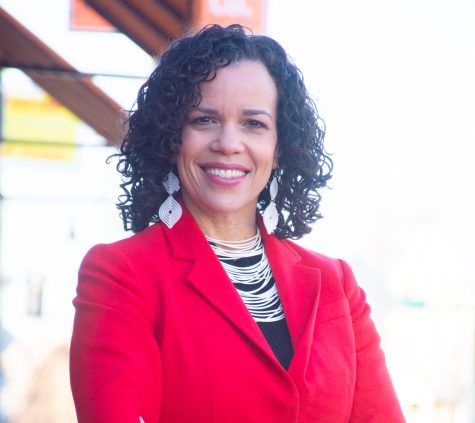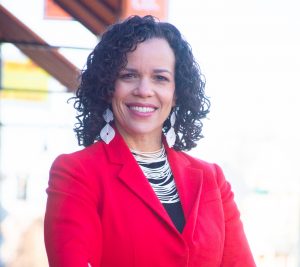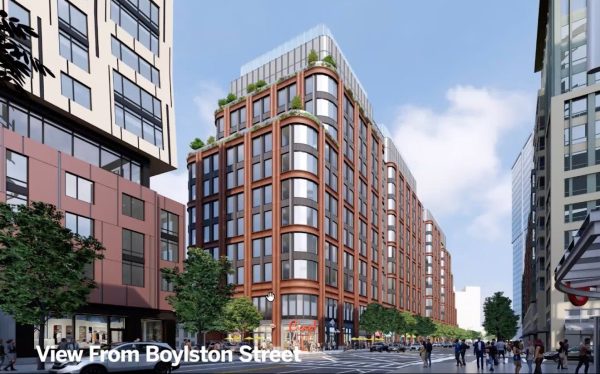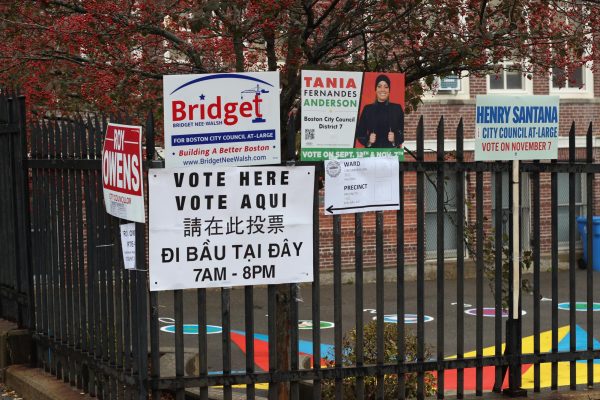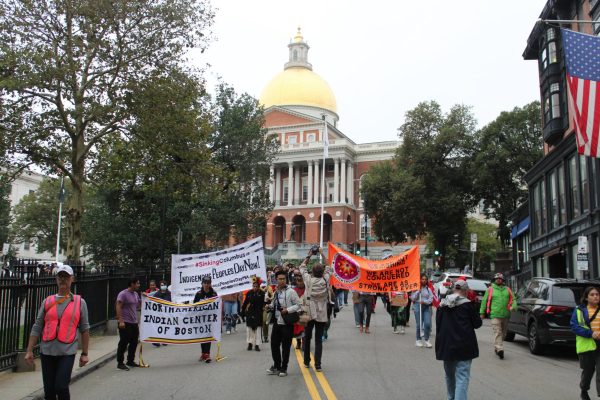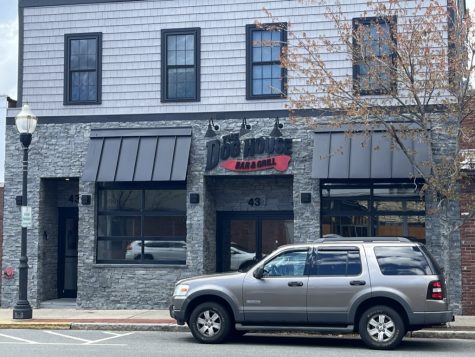Affordable housing advocates say that implementing inclusionary zoning policies could be a fix
Many believe that by implementing these policies, communities will also see an increase in cardiovascular health.
November 11, 2021
Affordable housing has been a decades-long struggle in Boston, and the 2020 Greater Boston Housing Report Card says the coronavirus pandemic only made it worse.
Experts believe inclusionary development policies, such as mandating low-cost housing units, may be crucial in making housing more accessible to low and moderate-income Bostonians while increasing the accessibility of health-beneficial resources to those populations.
A 2021 study in the journal “Circulation” explored the connection between affordable housing and cardiovascular health. The findings show that communities with inclusionary zoning, or IZ policies, are at lower risk of cardiovascular health issues such as heart disease, high blood pressure and high cholesterol.
Co-author of the study and professor of sociology, public policy and public administration at George Washington University Gregory Squires explains that incentivizing or requiring developers to offer housing units at an affordable price, which he defined as 30% or less of a household’s total income, increases residents’ ability to spend money on other factors influencing their cardiovascular health and overall wellbeing.
“Affordable housing that enables a family to move from a high poverty neighborhood to a low poverty neighborhood generally increases access to healthier foods, safer streets, better access to healthcare, better schools and lower levels of stress,” Squires said in an email.
District 8 City Councilor Kenzie Bok said inclusionary zoning policies make housing more affordable by harnessing private housing development funds to serve the public interest. By dipping into the profits of developers, higher-quality housing becomes more financially accessible to renters and low-to-moderate-income Bostonians. This helps people gain access to the resources Squires named, which may have otherwise been out of reach if housing costs were swallowing a majority of their income. In cities like Boston, this can translate into avoiding many common health hazards of urban living.
“Inclusionary zoning establishes a foundation that makes higher quality, affordable housing possible,” said Theodore Landsmark, a member of the board of directors at the Boston Planning and Development Agency (BPDA). “[When] the quality of the housing itself is higher, ventilation is better. There is less of a likelihood that you’re going to run into vermin or lead in the pipes.”
Courtnee Melton-Fant, the author of an editorial in “Circulation” commenting on the 2021 study, explained that inclusionary zoning is an umbrella term for a wide array of housing policies. So, the ability to make quality housing more accessible to minorities and people of low socioeconomic status through IZ policies greatly depends on where and how the policy is implemented. Melton-Fant hypothesizes that IZ’s potential to foster socioeconomic integration within communities with quality education, reduced exposure to environmental toxins and lower crime rates, is ultimately what leads to improved cardiovascular health.
“It’s about place. And so the policies are ideally putting people in places that are more conducive to better health,” said Melton-Fant, an assistant professor in the division of health systems management and policy at the University of Memphis. “But if those inclusionary zoning units are often put in lower resource neighborhoods … [residents] don’t get all of the other benefits from living in a neighborhood with a lot of resources that they need to thrive.”
Accounting for the diversity of IZ policies, the 2021 study found that policies with certain characteristics were associated with better cardiovascular health within communities. For instance, mandatory IZ policies yielded better cardiovascular health benefits than voluntary ones. This means that when developers are required to make a certain percentage of their housing units affordable to lower-income residents, the policy had stronger positive impacts on its communities’ cardiovascular health.
This association is reasonable because more lower-cost housing units means less money goes into the pockets of developers. In such cases, it is less likely that developers will go the extra mile to create lower-priced units if they will not directly profit, Squires explained. When developers are mandated by law to allot a certain number of units to lower-income residents, it is more likely that those populations will be able to access affordable housing along with other community resources that benefit cardiovascular health.
886 jurisdictions nationwide employ inclusionary zoning policies, according to the study, but Squires notes that the policy tends to cluster in California and east coast cities like New York and Greater Boston including Roxbury, Dorchester and East Boston.
“Inclusionary zoning was developed as a way of sharing the wealth in the city,” said Landsmark, who is also a professor of public policy and urban affairs at Northeastern University. “[The policy is a way] of taking a portion of the money the developers use to develop their properties and to redistribute that money into neighborhoods that are underserved and in need of social services.”
Inclusionary zoning first got its start in the United States during the 1970s, and it was originally created to counteract “exclusionary zoning,” or policies that created racial and economic segregation within the housing market, said Melton-Fant. The policy did not find its way to Boston until 30 years later, with the creation of the Inclusionary Development Policy, or IDP, in 2000.
The IDP requires that housing developers with 10 or more units dedicate at least 13% of their housing units to accommodate low- and moderate-income households. According to the City of Boston, as of 2019, the city is home to over 55,000 income-restricted housing units, and the Boston Planning and Development Agency reports that IDP funds have created 1,414 income-restricted housing units since the policy’s inception 21 years ago.
Policies like the IDP, however, do not take into account the additional obstacles that minority groups face. For instance, Landsmark said that people of color and immigrants in Boston tend to face the greatest health disparities, and according to a 2020 study on racial justice and health equity conducted by the Massachusetts Attorney General’s health care division, having lower income or socioeconomic status is correlated with an increase in cardiovascular disease.
Councilor Bok is a strong advocate for affordable housing policy in Boston today and hopes to battle racial and socioeconomic disparities through her amendment Affirmatively Furthering Fair Housing. Throughout most of 2020, Bok worked to improve Boston’s zoning code by creating an amendment that considers and actively combats racial and socioeconomic boundaries in the city’s housing market. The amendment was passed in March 2021, and Bok hopes the policy can combine with existing IZ policies to benefit Bostonians of any socioeconomic or racial background.
“[The amendment] looks at anywhere someone is building and forces them to consider displacement trends and historical exclusion,” said Bok, who is also a lecturer on justice in housing at Harvard University. “[It requires] meaningful intervention to push back against those trends.”
Bok noted that the health implications of housing policy are not talked about enough by Boston’s leaders. Similarly, Melton-Fant said people often do not think of housing policy when considering public health. Both experts want the general public and city leaders to understand the inextricable links between housing and health.
“People don’t typically think of inclusionary zoning as a health policy, when, in fact, it is because it shapes people’s environments and access to things that populations need to be healthy,” said Melton-Fant.





